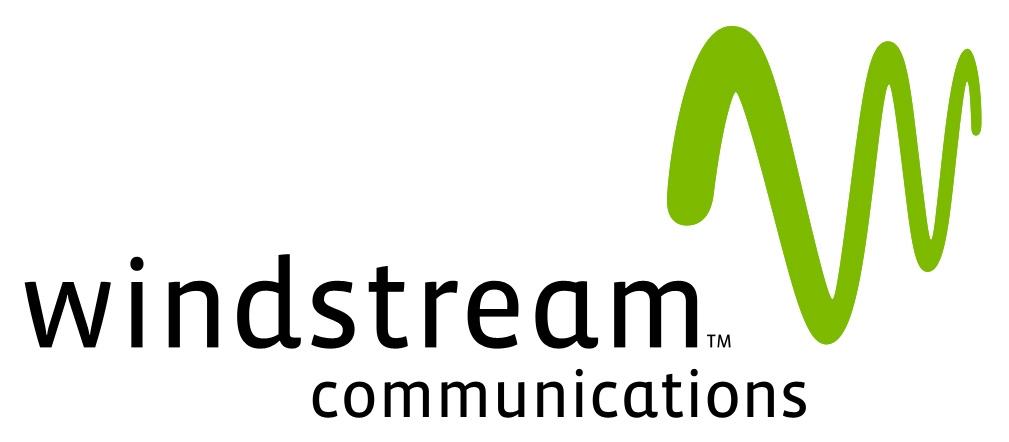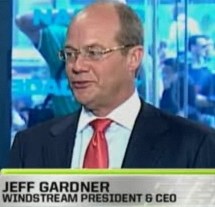
Esteves
Time Warner Cable is spending less to maintain and improve services for residential customers even as broadband usage grew 40-50 percent, redirecting spending on its business services division instead.
Irene Esteves, chief financial officer of Time Warner Cable, told attendees at Morgan Stanley’s Technology, Media & Telecom Conference that the growth in the company’s capital spending is associated with serving business, not residential customers.
Esteves reported that spending on residential services was actually down slightly in the last year. The business services division used its increased capital to wire 100,000 office buildings and provisioned 1,900 cell towers with backhaul service last year.
But despite decreasing costs, Time Warner Cable expects to continue increasing broadband prices, primarily because it can.
“What we have found is […] as customers use it more, value it more, we can then price it more,” said Esteves. “And we think that’s a terrific dynamic for the market for quite a bit of time.”
Powering usage growth more than anything else is online video.
“If we look at peak volume, which is really what drives our capacity planning, 66% of that increase comes from streaming video,” notes Esteves. “Again, the more they use it, the more they love it, the more important we become to them as a service provider. So we’re continuing to watch that usage pattern and cheering them on.”
For traditional television viewing, Time Warner’s march to digital will also carry on, but it will happen slowly.
 Time Warner Cable has chosen a gradual transition to IP video for cable television service. Subscribers can expect about a dozen channels per year to be removed from analog service until the cable system offers a completely digital television package. In Maine and New York City, that digital transition is already complete.
Time Warner Cable has chosen a gradual transition to IP video for cable television service. Subscribers can expect about a dozen channels per year to be removed from analog service until the cable system offers a completely digital television package. In Maine and New York City, that digital transition is already complete.
“We’re taking a more measured approach over a 5-year time period,” said Esteves. “We’re taking [away] analog channels in the 10 to 12 per year kind of measure, which is less disruptive to our customers and less capital-intensive.”
That kind of transition, coupled with annual rate increases, could potentially alienate customers, but Time Warner has retrained its retention specialists to assuage customers headed for the door.
“With the increasing promotional activity in the marketplace, we have more and more of our customers on promotion and it’s imperative that when the [promotion expires], we’re being very thoughtful about who rolls off to what, when,” said Esteves. “We’re training specialists to talk to customers, listen to them, find out the reasons for potentially leaving and recapturing those.”
But the industry is also under pressure from Wall Street to cut promotional activity and stop discounting service excessively, because it gets customers used to a lower price.
“If you think about the promotional prices in the marketplace, that really drives people to price shop and that just increases the transactions and the turmoil in the industry, which increases everyone’s cost and reduces everyone’s profitability,” Esteves said. “So the real conundrum for the entire industry is how do we each build on our retention rather than build on the promotional side in order to keep our customers and become more profitable.”


 Subscribe
Subscribe Data caps protect incumbent big studio and network content creators at the expense of independent producers and others challenging conventional entertainment business models.
Data caps protect incumbent big studio and network content creators at the expense of independent producers and others challenging conventional entertainment business models.
 Windstream has announced the increased broadband investments that expanded DSL service to about 75,000 more homes and businesses and brought fiber connections to cell towers are nearly complete and the company intends to dramatically cut spending on further enhancements by the end of 2013.
Windstream has announced the increased broadband investments that expanded DSL service to about 75,000 more homes and businesses and brought fiber connections to cell towers are nearly complete and the company intends to dramatically cut spending on further enhancements by the end of 2013. “We expect to substantially complete our capital investments related to fiber to the tower projects, reaching 4,500 towers by the end of 2013,” said Gardner. “In addition, we will finish most of our broadband stimulus initiatives […] to roughly 75,000 new households. As we exit 2013, we will see capital spending related to these projects decrease substantially.”
“We expect to substantially complete our capital investments related to fiber to the tower projects, reaching 4,500 towers by the end of 2013,” said Gardner. “In addition, we will finish most of our broadband stimulus initiatives […] to roughly 75,000 new households. As we exit 2013, we will see capital spending related to these projects decrease substantially.”
 Verizon FiOS has made it easy for broadband customers to upgrade to 50/25Mbps service for $10 more a month.
Verizon FiOS has made it easy for broadband customers to upgrade to 50/25Mbps service for $10 more a month.
 “Ontario gets the worst when it comes to competitiveness,” Michael Geist, a law professor at the University of Ottawa and Canada Research Chair in Internet and e-commerce law told CBC News. “It tends to be the least competitive when it comes to getting bang for your buck.”
“Ontario gets the worst when it comes to competitiveness,” Michael Geist, a law professor at the University of Ottawa and Canada Research Chair in Internet and e-commerce law told CBC News. “It tends to be the least competitive when it comes to getting bang for your buck.”
